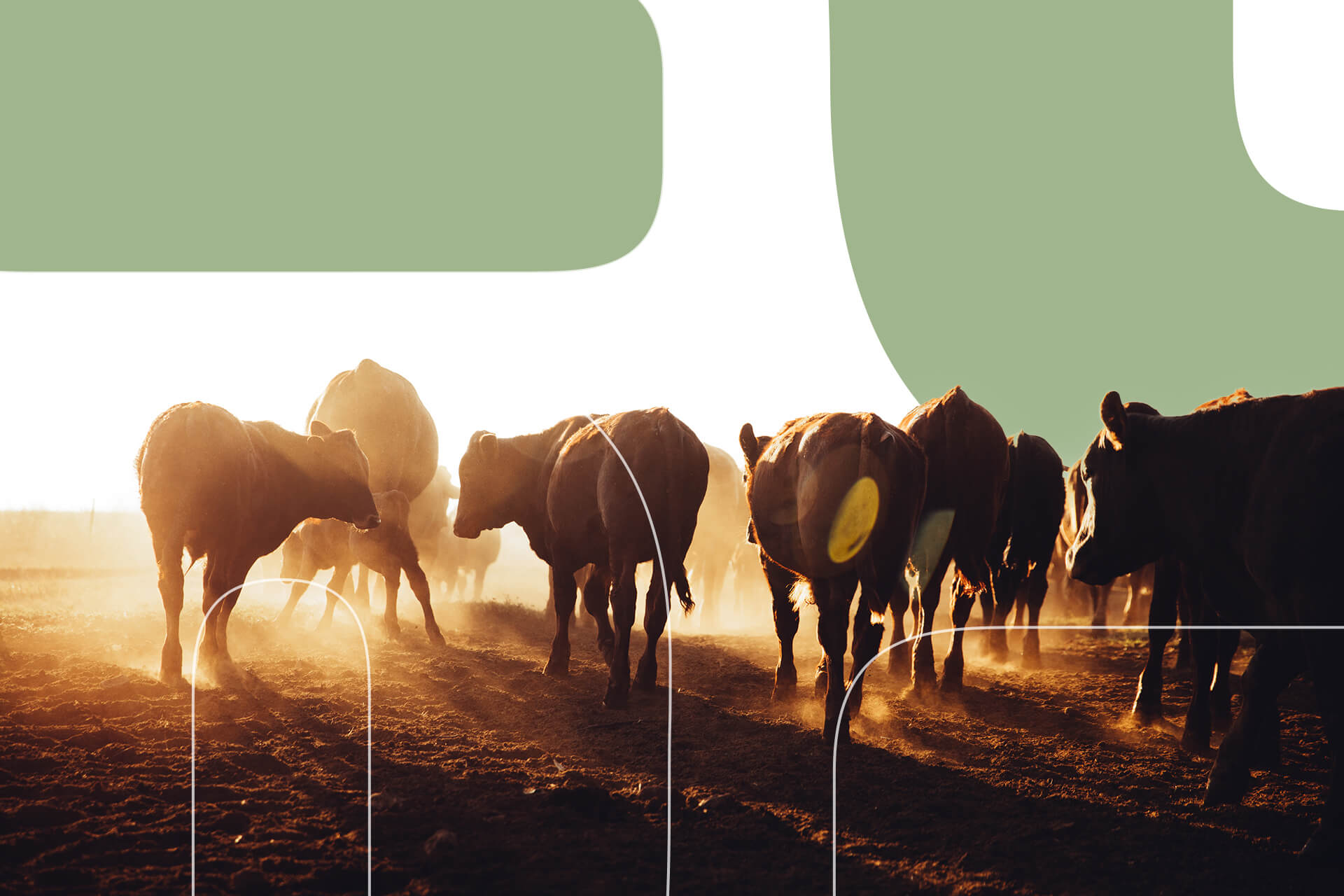
Animal Agriculture and Climate Change: What’s the Connection?
We are reader-supported. When you buy through links on our site, we may earn affiliate commission.
The connection between modern animal agriculture and climate change might surprise you.
In the U.S., we have heightened our demand for meat products. Fast food corporations provide hamburgers to millions of Americans in minutes. To meet this elevated dietary request, we developed animal agriculture, otherwise known as factory farming.
The media often discusses animal agriculture and climate change in conjunction. These conversations contributed to the rise of veganism and other eco-friendly consumption patterns. Many citizens blindly adopt these trends without prior knowledge about their environmental effects. To make educated dietary choices to support ecological conservation, one first must evaluate the harm caused by factory farming.
Feed Production
As the number of farm animals in the U.S. increases, feed production also rises to sustain their diet. These species are herbivores and consume high amounts of grain. Rice, wheat, and other grains are water-intensive crops. It takes 4,000 liters of water to produce a kilo of rice, contributing to the environmental impact of animal agriculture.
We could preserve trillions of liters of clean water annually if everyone reduced their meat consumption. The water used for maintaining adequate feed yields adds to another form of ecological destruction. Farmers use 167 million pounds of synthetic pesticides every year to support factory farms’ dietary needs.
When fields become flooded from rainwater or overwatering, these pesticides are carried into local rivers and streams, eventually reaching the ocean. They drop to the seafloor, where they promote algal blooms, depleting the oxygen content. Once all necessary nutrients diminish, an aquatic region becomes a dead zone, uninhabitable for marine life. This form of environmental degradation endangers aquatic ecosystems, depletes shoreline food sources, and creates toxic beaches where humans cannot swim.
Methane Emissions
The production of cattle releases a toxic greenhouse gas, which is one of the driving elements of climate change. Methane is emitted into the atmosphere when cows produce gas. In the atmosphere, it contributes to the enhanced greenhouse effect.
The greenhouse effect signifies the process of Earth accepting solar radiation. As the sun’s energy reaches the planet, some of it reflects into space, and the ocean and land absorb the rest. After the surface absorbs the necessary warmth to maintain life, it reflects excess energy into the atmosphere.
As human-induced greenhouse gases, like methane, pollute the atmosphere, they consume the excess energy and convert it into heat. Methane is 25 times more effective at warming the environment than carbon dioxide. Unlike naturally occurring elements, these gases trap heat in the atmosphere for extended periods rather than releasing it into space. Over time, this entrapment causes the global temperature to rise.
One cow produces 220 pounds of methane annually. As farmers overproduce these animals in factory farms, the amount of gas emitted from these facilities increases. This continues to support the rise of the global temperature, which causes rippling effects of environmental degradation.
Grazing Land
As our demand for chicken sandwiches and hamburgers increases, farmland must expand. The overproduction of cattle in the Amazon is the number one driver of deforestation. Animal farming accounts for 80% of all current deforestation.
Clear-cutting negatively impacts the environment by restricting surface filtering of carbon dioxide. Without adequate air quality maintained by trees, 340 million tons of greenhouse gases release into the environment annually. As carbon dioxide invades the atmosphere, the global temperature continues to rise.
Deforestation also depletes soil nutrients, affects local aquatic ecosystems, and increases the risk of fires. These forms of degradation show no signs of slowing down and continue to worsen annually.
Transportation
Factory farms contain many more animals than traditional farms in small, confined spaces. An increase in animals raises urine and feces production, which farmers disperse throughout the land to limit the soil’s immediate impacts. Farms collect the secretion, mix it with water, and spray it across their property.
As these businesses spray the matter, the wind carries it to neighboring towns. The mix contains toxins and pathogens, which cause severe human harm when inhaled. It causes asthma, premature death, health effects, and brain damage when consumed.
Due to the adverse health effects of these regions, farmers strategically place buildings in rural areas away from civilians. Meat products must travel far distances to reach urban grocery stores, where the demand is high. The increased transportation distances contribute to heightened greenhouse gas emissions.
Transportation accounts for 28% of America’s total energy expenditure. The fossil fuels burned when driving shipping trucks cause atmospheric pollution. These pollutants consume the environment, contributing to climate change and other forms of environmental degradation.
How to Limit Your Impact
There are various methods for reducing your diet’s environmental impact. To limit the greenhouse gas emissions associated with factory-farmed meat transportation, you can consume locally grown animal products. Buying directly from a local farm or butcher significantly reduces the carbon footprint of meat.
Reducing your overall consumption of animal products may shrink your personal carbon footprint. You can limit your contribution to water waste, methane emissions, deforestation, and carbon emissions when adopting a plant-based diet. Whatever diet you choose, evaluate the source of food to ensure its limited environmental impact.
Share on
Like what you read? Join other Environment.co readers!
Get the latest updates on our planet by subscribing to the Environment.co newsletter!
About the author

Jane Marsh
Starting from an early age, Jane Marsh loved all animals and became a budding environmentalist. Now, Jane works as the Editor-in-Chief of Environment.co where she covers topics related to climate policy, renewable energy, the food industry, and more.





